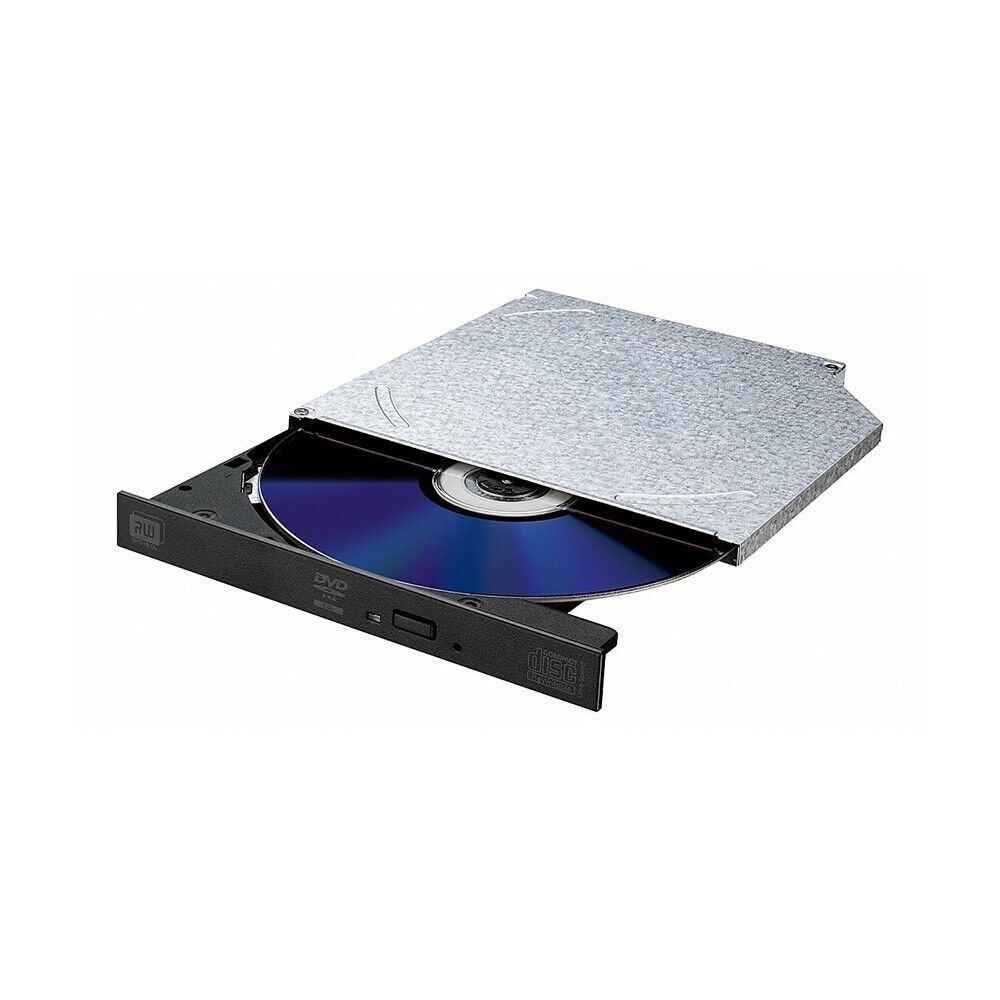When people discuss IT Hardware or Computer Hardware, the conversation often revolves around processors, graphics cards, and storage devices like SSDs. Yet, one component that has played a vital role for decades and continues to remain relevant in specific areas is the Internal DVD Drive. While many modern laptops and slim PCs have moved away from optical drives, internal DVD drives are still used in desktops, workstations, and enterprise-level IT environments.
The Internal DVD Drive serves as an essential piece of computer hardware, allowing users to read, write, and archive data conveniently. For organizations dealing with large libraries of DVDs, software distributions, or archival data, having an internal DVD drive installed in a system provides both reliability and accessibility.
What is an Internal DVD Drive?
An Internal DVD Drive is an optical disc drive that is mounted inside a computer case. Unlike external drives, which connect via USB, an internal drive connects directly to the motherboard via SATA (Serial ATA) or older IDE connections.
These drives can:
-
Read DVDs and CDs for media playback and software installation.
-
Write data to blank discs, making them useful for backups or distribution.
-
Support multiple formats, including DVD-R, DVD+R, and rewritable discs (DVD-RW, CD-RW).
In terms of IT Hardware, this drive bridges the gap between modern cloud-based storage and traditional physical media, offering flexibility when internet connectivity is unavailable or restricted.
The Role of Internal DVD Drive in IT Hardware
Within the IT Hardware ecosystem, the Internal DVD Drive plays a significant role despite being overshadowed by newer technologies. Many IT professionals still rely on optical media for:
-
Software Deployment: Many older applications and operating systems are distributed on DVDs.
-
Driver Installation: Device drivers, especially for older hardware, are often provided on disc.
-
Data Recovery: Some recovery and bootable tools are designed for disc use.
-
Archival Storage: DVDs offer long-term storage reliability when compared to volatile hard drives or flash media.
Even though USB drives and cloud solutions dominate, an internal DVD drive remains a practical backup option in computer hardware setups.
Advantages of Using an Internal DVD Drive
-
Cost-Effective Data Storage
DVDs are inexpensive compared to external drives or cloud storage subscriptions. This makes them ideal for archiving data without recurring costs. -
Physical Media Access
Many people still own extensive DVD collections, whether movies, games, or software. An Internal DVD Drive ensures that this media remains usable. -
Security Benefits
Unlike cloud storage, physical discs are not susceptible to online hacking attempts. Sensitive data stored on a DVD remains offline and secure. -
Compatibility
Internal DVD drives are compatible with most desktop PCs, making installation straightforward. -
Longevity
Optical media, when stored properly, can last decades, making them a reliable solution for long-term archiving.
How Internal DVD Drive Enhances Computer Hardware Performance
While an Internal DVD Drive does not directly impact CPU or GPU performance, it improves the overall versatility of a computer system. With this IT hardware component, users can:
-
Install operating systems without relying on bootable USB drives.
-
Access educational or professional software distributed on DVDs.
-
Play multimedia content directly without digital downloads.
-
Perform secure, offline backups of critical data.
Modern Use Cases for Internal DVD Drives
Even though streaming services and cloud computing dominate today’s digital space, the Internal DVD Drive remains relevant in several scenarios:
-
Business Environments
Companies with archived data on discs continue to use DVD drives to access or migrate information. -
Education & Training
Many training materials, including interactive DVDs, still require a disc drive to function. -
Gaming
Older PC games distributed on DVDs are still widely played, requiring a disc drive for installation. -
Entertainment
Movie collectors benefit from high-quality DVD playback without relying on streaming services. -
Government & Medical Fields
Sensitive data stored on optical discs ensures compliance with certain data storage regulations.
Key Features to Look for in an Internal DVD Drive
When selecting an Internal DVD Drive as part of your computer hardware build, consider these important features:
-
Read/Write Speeds: Higher speeds ensure faster data transfers.
-
Dual Layer Support: Allows writing on higher-capacity discs.
-
Multi-Format Compatibility: Ensure support for DVD±R, DVD±RW, and CD formats.
-
Durability: Reliable construction ensures long-term use.
-
Noise Reduction: Some drives offer quiet operation, ideal for offices or home environments.
Conclusion
The Internal DVD Drive may no longer be at the forefront of computer hardware discussions, but it remains an important component in many systems. Whether for archival purposes, accessing older media, or providing offline data security, DVD drives continue to hold value in both personal and professional settings.
As IT hardware evolves, the internal DVD drive represents a balance between legacy media access and modern computing needs. For users who prioritize flexibility, security, and affordability, keeping an internal DVD drive in a system is still a wise choice.

